How Have Toilets and Septic Systems Evolved Over the Years?
It's hard to imagine modern life without a functioning toilet and related septic system. You have toilets in your homes, businesses, and public spaces for regular relief. As you look back on history, you may be amazed at how your waste management system has progressed from ancient times to today. From holes in the ground to portable bidets, here are ways toilets and septic systems have evolved over the years.
Ancient Relief
There is evidence that ancient civilizations had the simplest means of relieving themselves, which consisted of digging a hole in the ground. However, it didn't take long for a basic hole in the ground to evolve into a more sophisticated drainage system. By 2600 BC, the Indus Valley civilization had already set up a system for waste disposal and drainage, according to Khan Academy.
Early Public Toilets
You may be cautious about using a public toilet unless you attend a nice restaurant. However, public toilets are nothing new as it was something that goes back to ancient Rome. The Romans were known for their many architectural advances. If you take a visit to the ruins of Pompeii, you can still see some remnants of their popular communal toilets. The communal toilet system even had running water, which may have resulted from their usage of arches and aqueducts.
Chamber Pots
The medieval times aren't exactly known for good sanitation. After all, it is their lack of sanitation that was one of the causes of the bubonic plague, in addition to rats. At this time, medieval Europe focused on using chamber pots that they relieved themselves in. A modern version may be seen in hospitals or home health care for people who are bedridden and must use a bedpan. However, today you wouldn't just take the contents of a bedpan and throw it out the window. Unfortunately, that was a common occurrence in terms of how people in the Middle Ages disposed of waste. As a result, sewage would flow down the streets.
Flushability
Did you know the modern toilet isn't as modern as you thought? Of course, there have been many advancements made since its initial invention, but it’s a much older fixture than you may believe. According to the Smithsonian, 1596 is the birthdate of a flushable toilet. However, people didn’t begin widespread usage until 1851. By 1852, the next advancement in flushable toilets came about with Alexander Cummings' patent of the first flush toilet with a water-seal trap that prevented foul odors. Today, that trap is referred to as a lid and is equally helpful in preventing pets from drinking out of it.
This flushable contraction has developed many nicknames over the years from "the crapper" to the "porcelain throne." While the typical material for toilets has been porcelain, some rich people have even indulged in having golden toilet seats. Some seats even have cushioning!
Eco-Friendliness
While flushable toilets have made life way more comfortable, they can also use a great deal of water. According to the EPA, a standard American toilet wastes about five gallons of water per flush. To counteract this ongoing waste, the invention of the dual flush toilet has made headway. It is now more common than ever to see dual flush toilets in businesses, hotels, residential homes, and more. According to How Stuff Works, the dual-flush system was invented in the 1980s and allows you to choose from one of two settings to flush waste. Use the low flow setting for liquid waste or a high flow one for solid waste. As a result, a dual flush toilet only wastes about one gallon per flush, according to the EPA.
Advanced Cleansing
After being yourself on the toilet, you must be able to cleanse yourself properly. That's why flushable toilet paper rolls have made post-toilet usage easier and revolutionized personal hygiene. Such paper rolls were invented in 1906, according to History.com. When you go to the supermarket today, you have a range of toilet paper options available such as those that are marked septic tanks safe, two-ply which are very soft, scented rolls, and colored ones.
Your cleansing doesn't begin and end with toilet paper now. Bidets are a common feature in some countries such as Italy and Vietnam. The bidet is a controllable hose or pressable device attached to the side of a toilet you can use to efficiently cleanse yourself. Some bidets are advanced enough to where you can control the temperature of the water. There are some built into the inside of the toilet seat, such as many in Japan. Thanks to this feature, you can maintain shower-level cleanliness in your private area after using the bathroom and save on toilet paper.
Smart Features
Thanks to further advances in technology, you don't even need to flush a toilet if you don't want to touch the handle. If you've been in airports, restaurants, and certain other businesses, you're used to using automatic toilets to have sensors responding when you get up from the seat. The sensors will automatically flush for you. However, there is usually a backup button you can press in case the automatic flush doesn't function properly. Some smart toilets have heated seats for additional comfort and a convenient self-clean mechanism.
Ancient Septic Systems
After you relieve yourself on a toilet, the waste must go somewhere. Ancient humans found various ways to handle it. The first version of the
septic function involves using waste for fertilizer. After all, these early humans simply scattered their waste directly into the land. According to Khan Academy, by 3500 B.C. there were drainage systems that connected pits to cesspits in Mesopotamia. Treating wastewater goes way back to the Indus Valley civilization that lasted from 2600 to 1700 BC. It was their perfection of septic systems that allowed modern sanitation to flourish. From those pipes, wastewater went into collection basins around their cities.
Technology for Maintenance and Removal
Septic tanks make use of technology for better sanitation and environmental protection. Technology has made it easier for drainage fields to process and treat wastewater. Advanced filtration improves water quality and can help improve your drain field lifespan. Technology also prevents your drainage field from releasing excessive nutrients into the soil. There's also a greater reduced risk of contamination due to the usage of biodegradable filters and membranes that help with filtration.
Aerobic Treatment Units (ATU) use oxygen to help break down waste. The system works by removing large solids and other substances. Then bacteria can digest the remaining biological waste, so undigested solids settle as sludge in the septic tank. The sludge is the substance normally removed with your septic pumping.
As you can see, the overall history of toilets and septic tanks is expansive. People and organizations will continue to push for more advances made for the comfort of individuals, large structures, and the environment itself. After all, humans must always relieve themselves several times a day, and that waste needs somewhere to go. That's why constant renovations will be seen as people continue to work hard to prevent sewage contamination in their living facilities and soil contamination. To learn more about toilet and septic systems, don't hesitate to contact us at Reliable Septic & Services for more information.
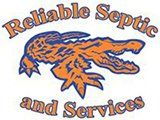
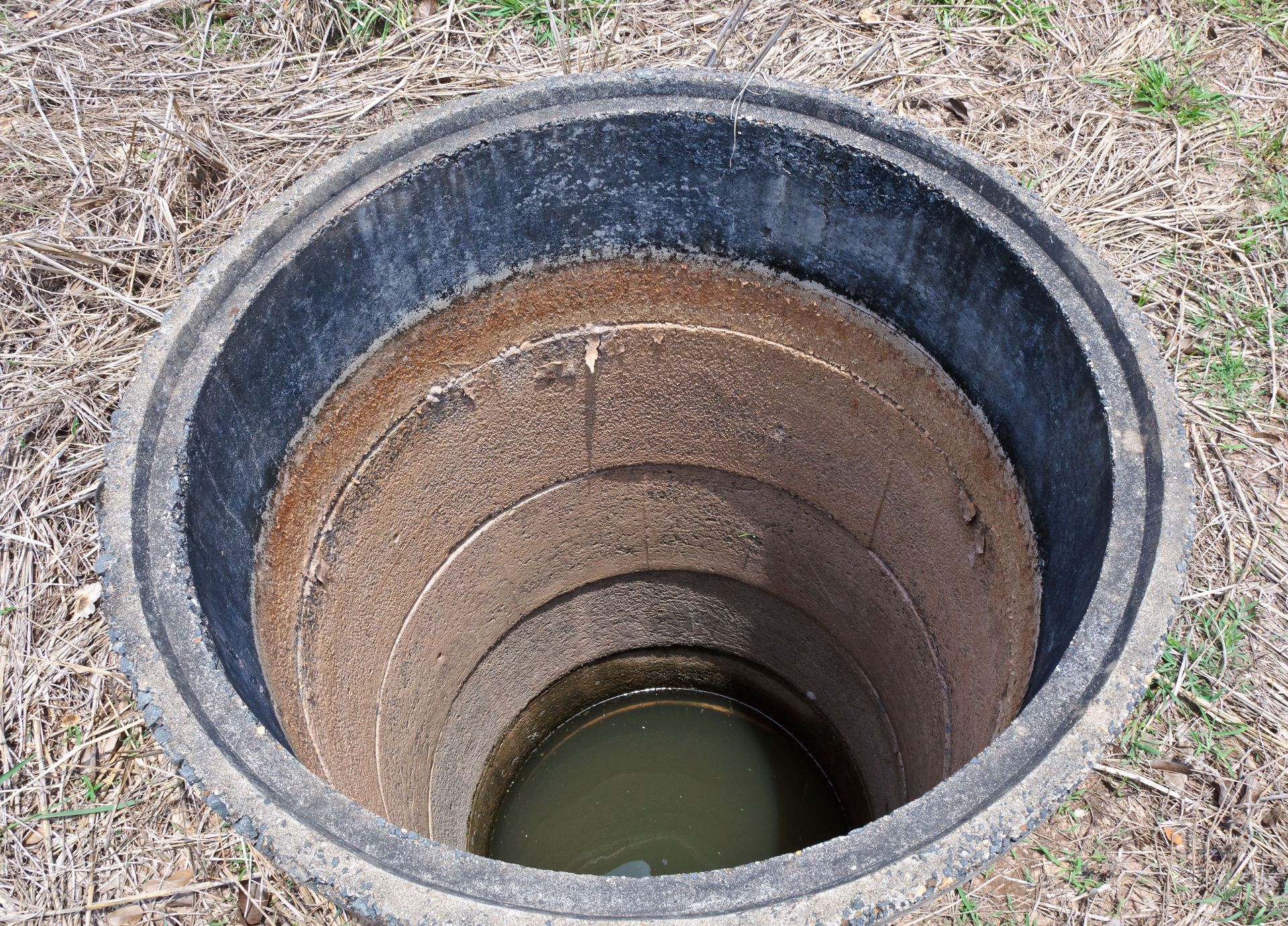
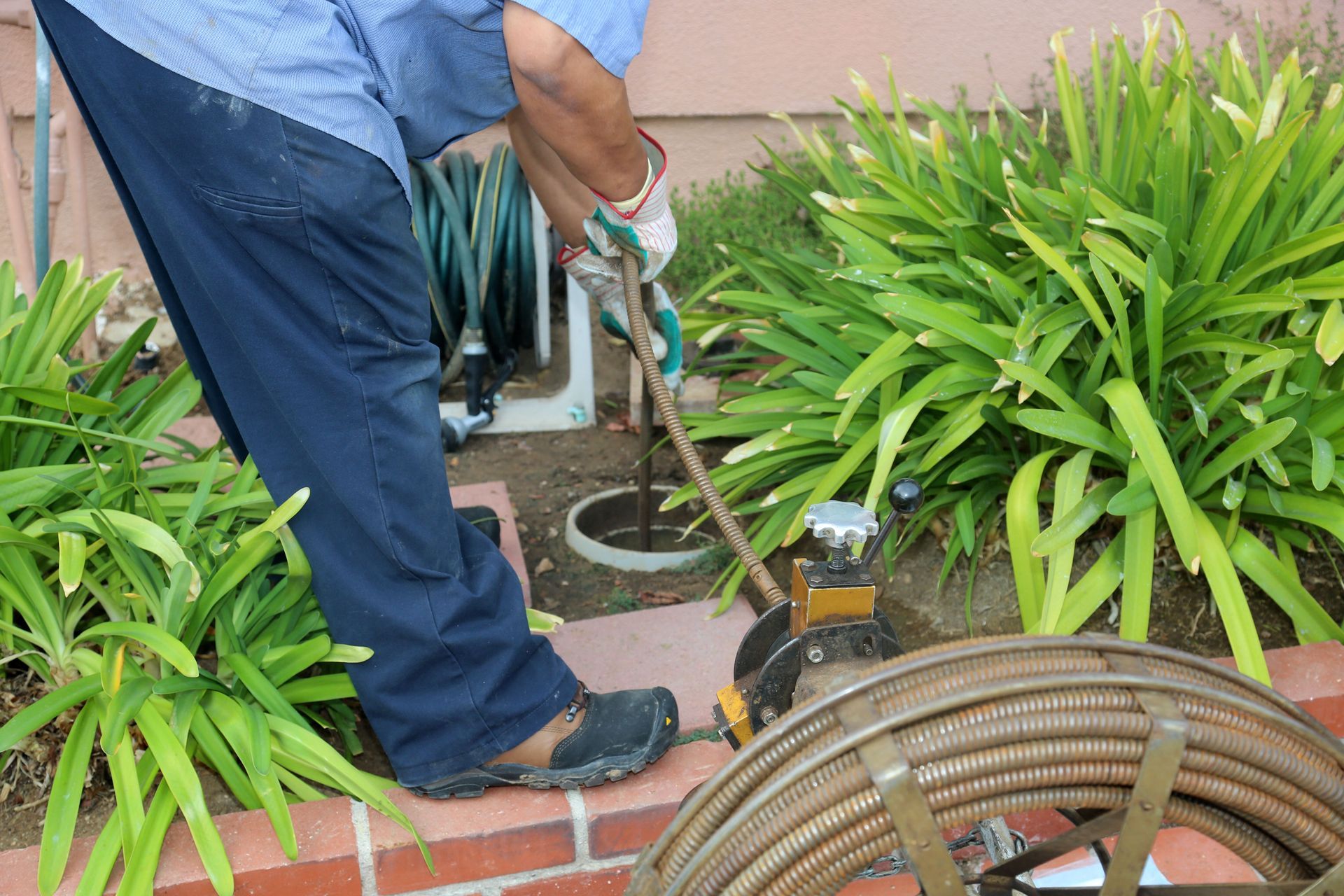
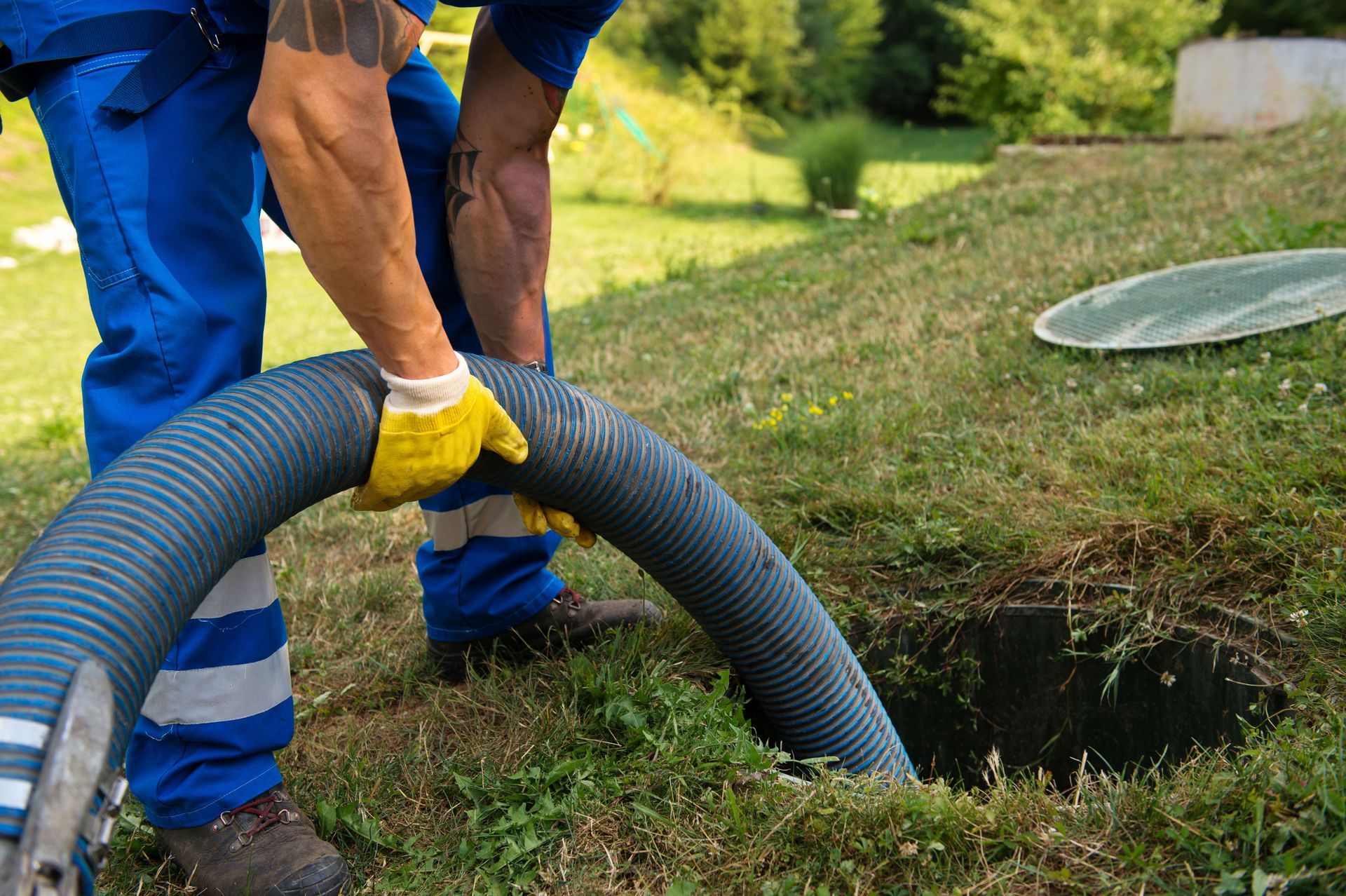
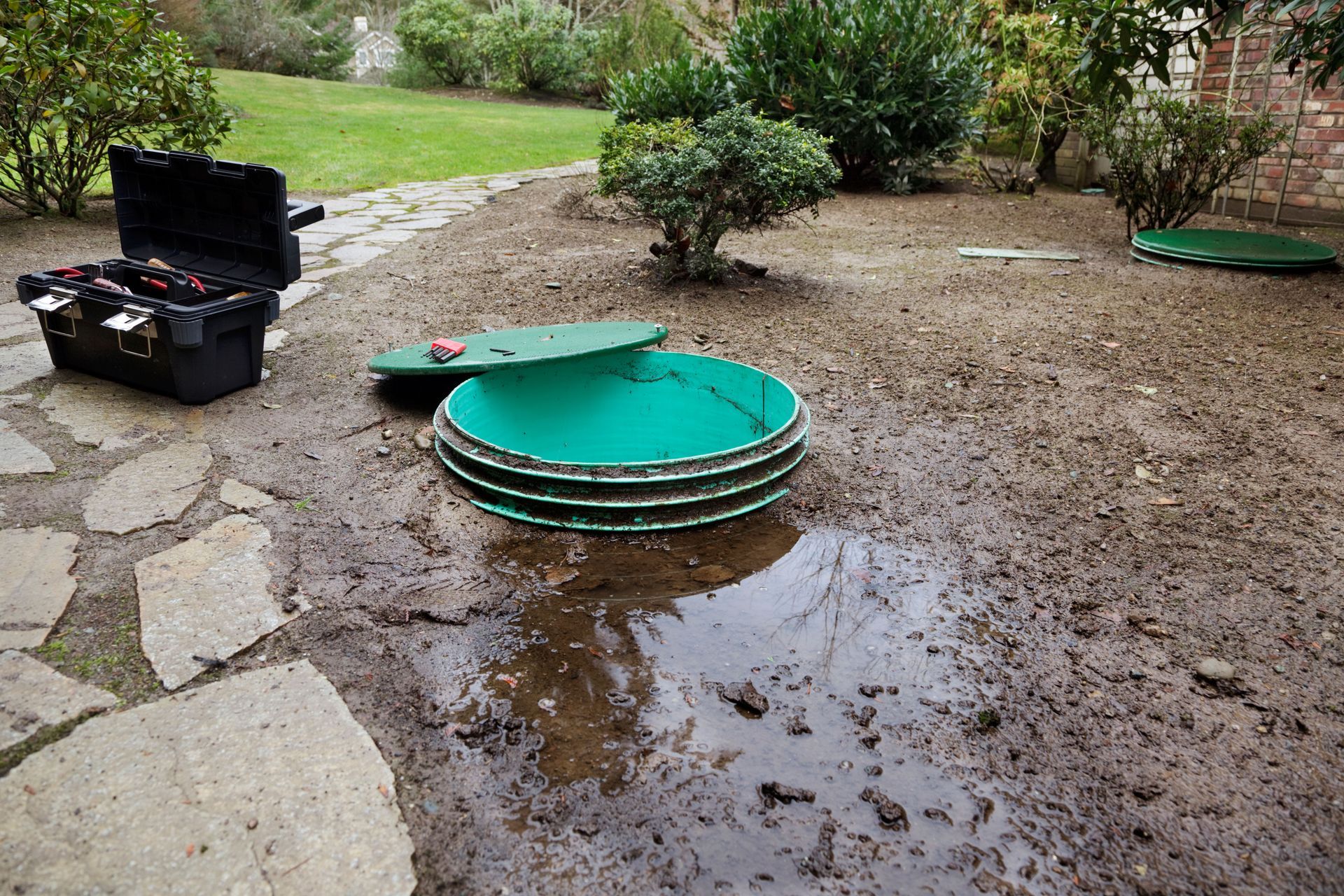
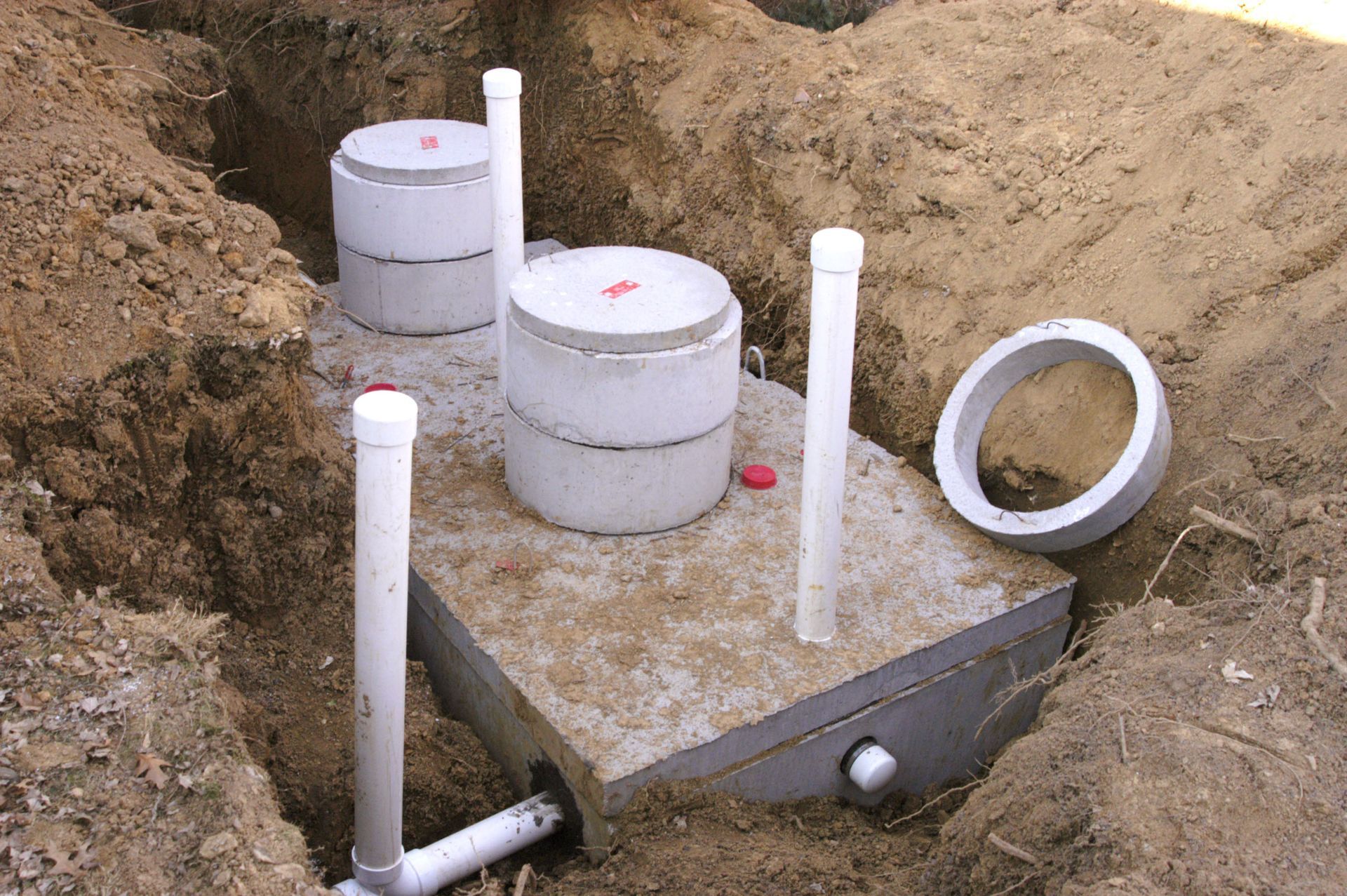

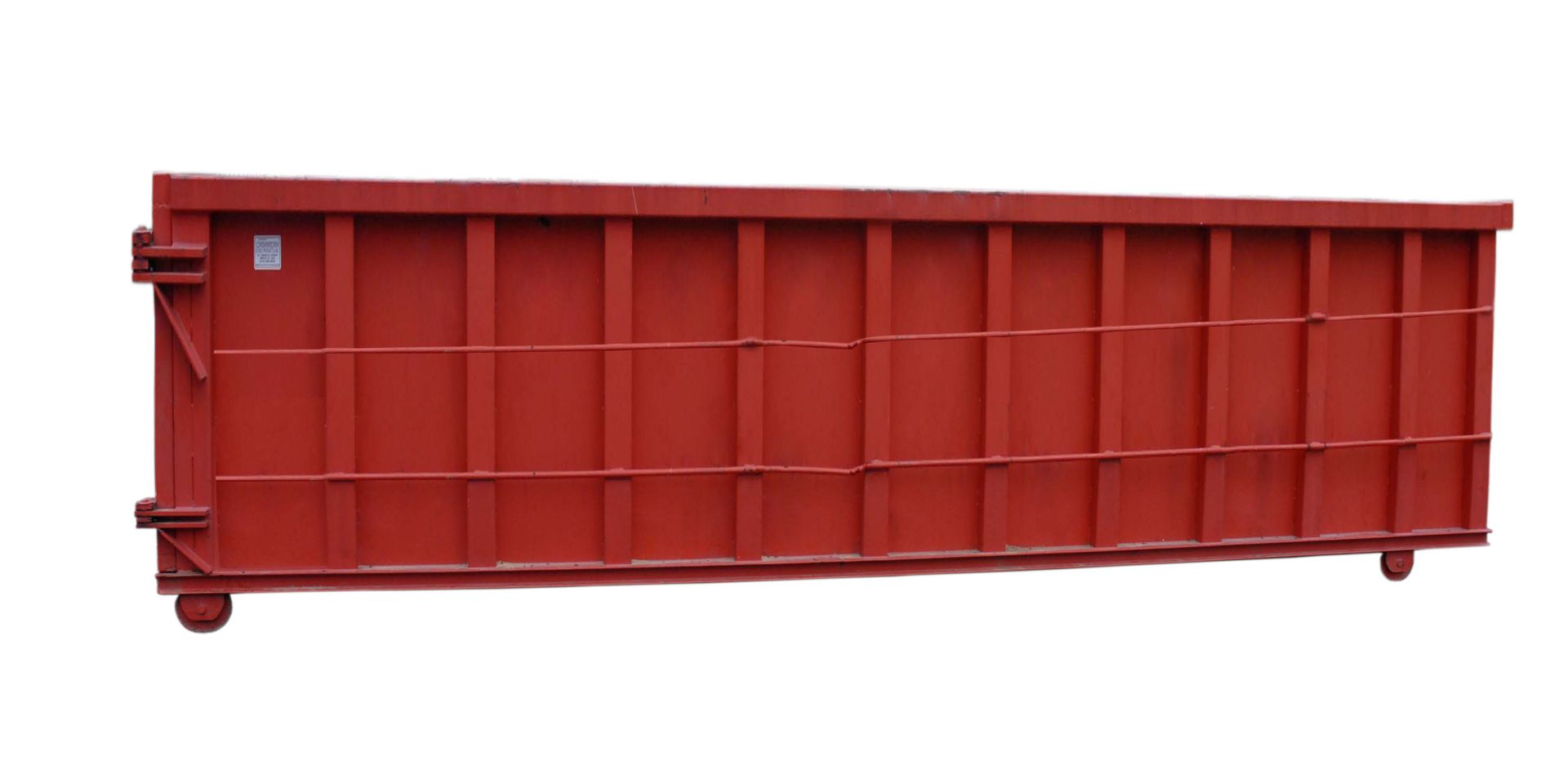
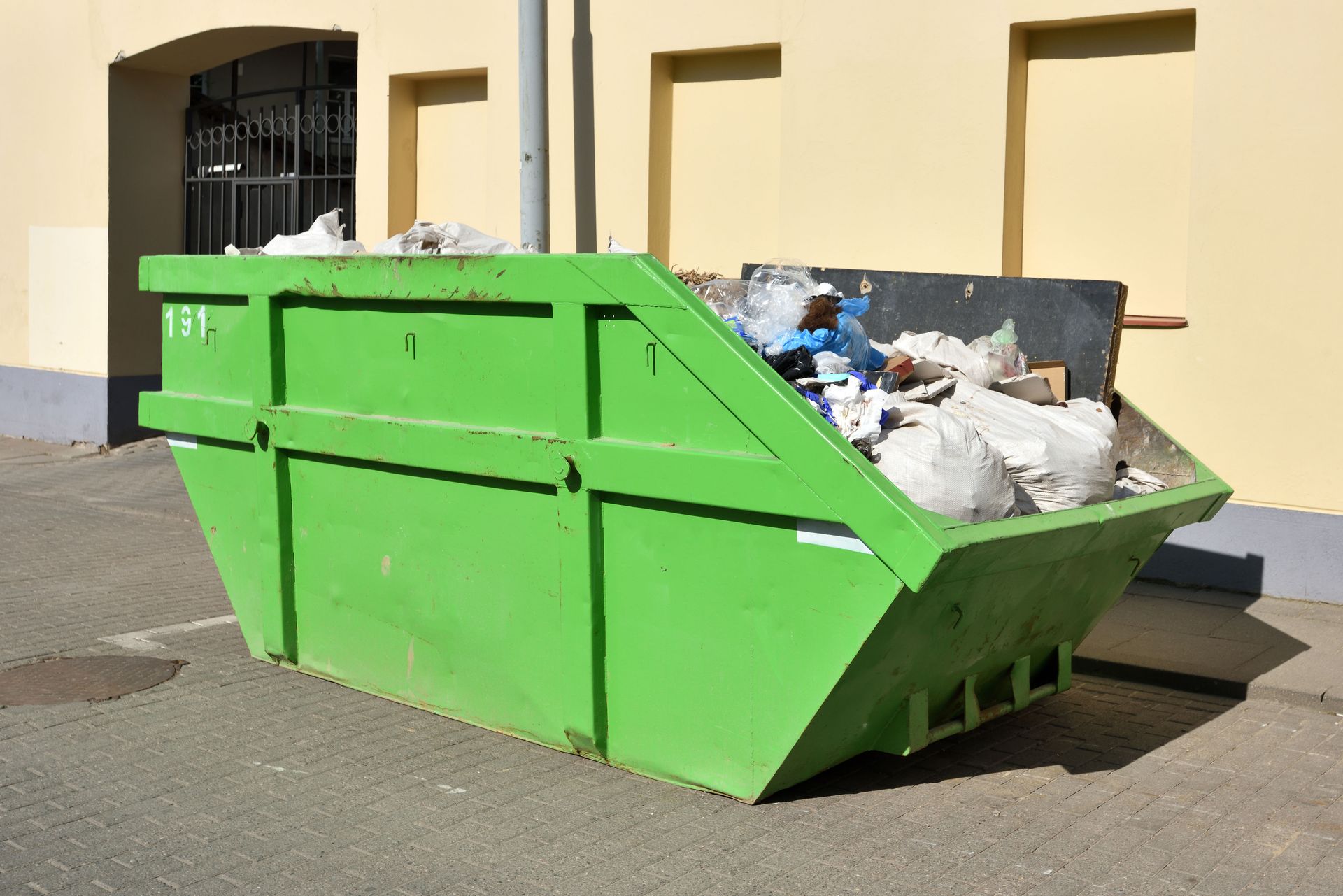
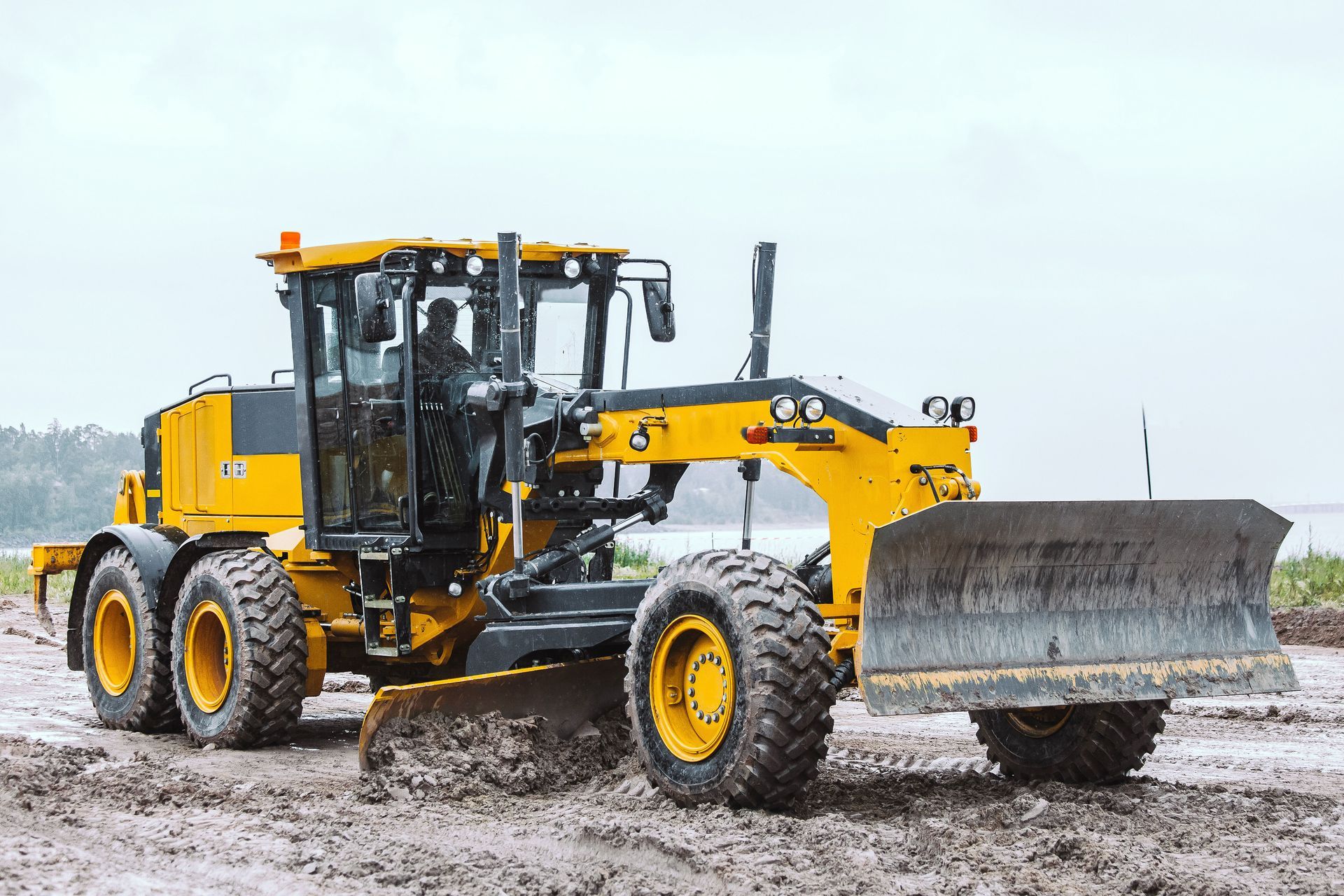

Share On: